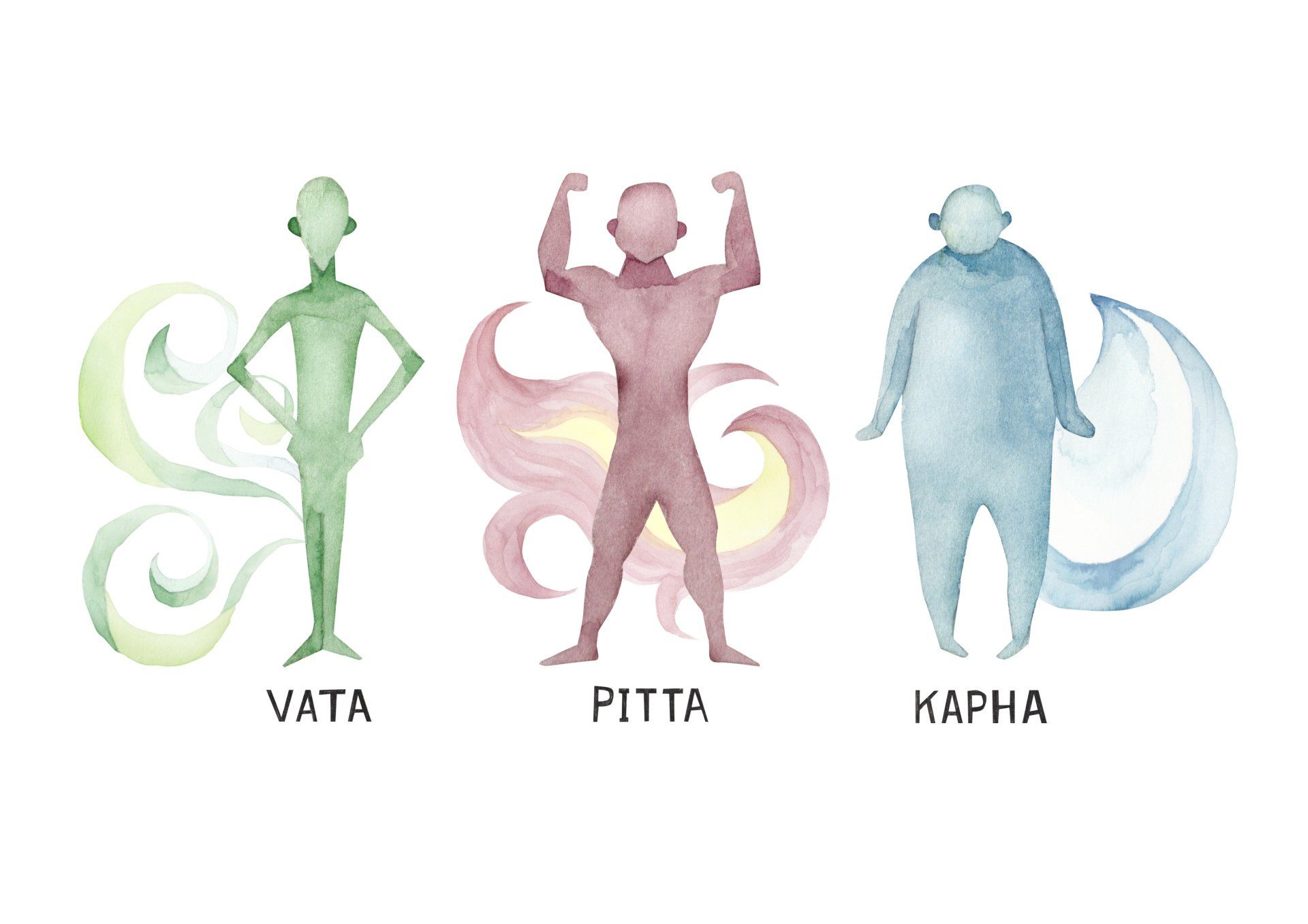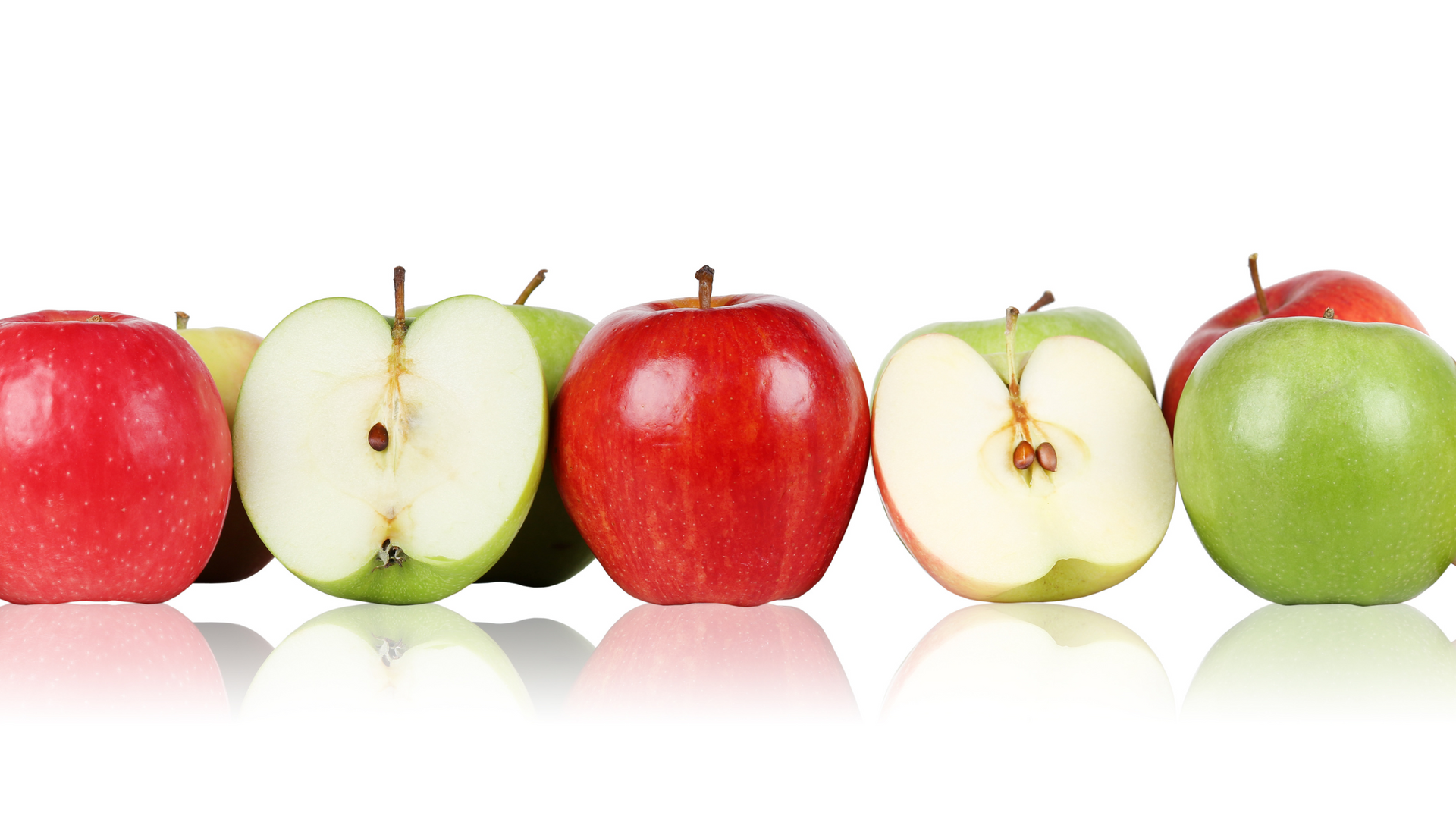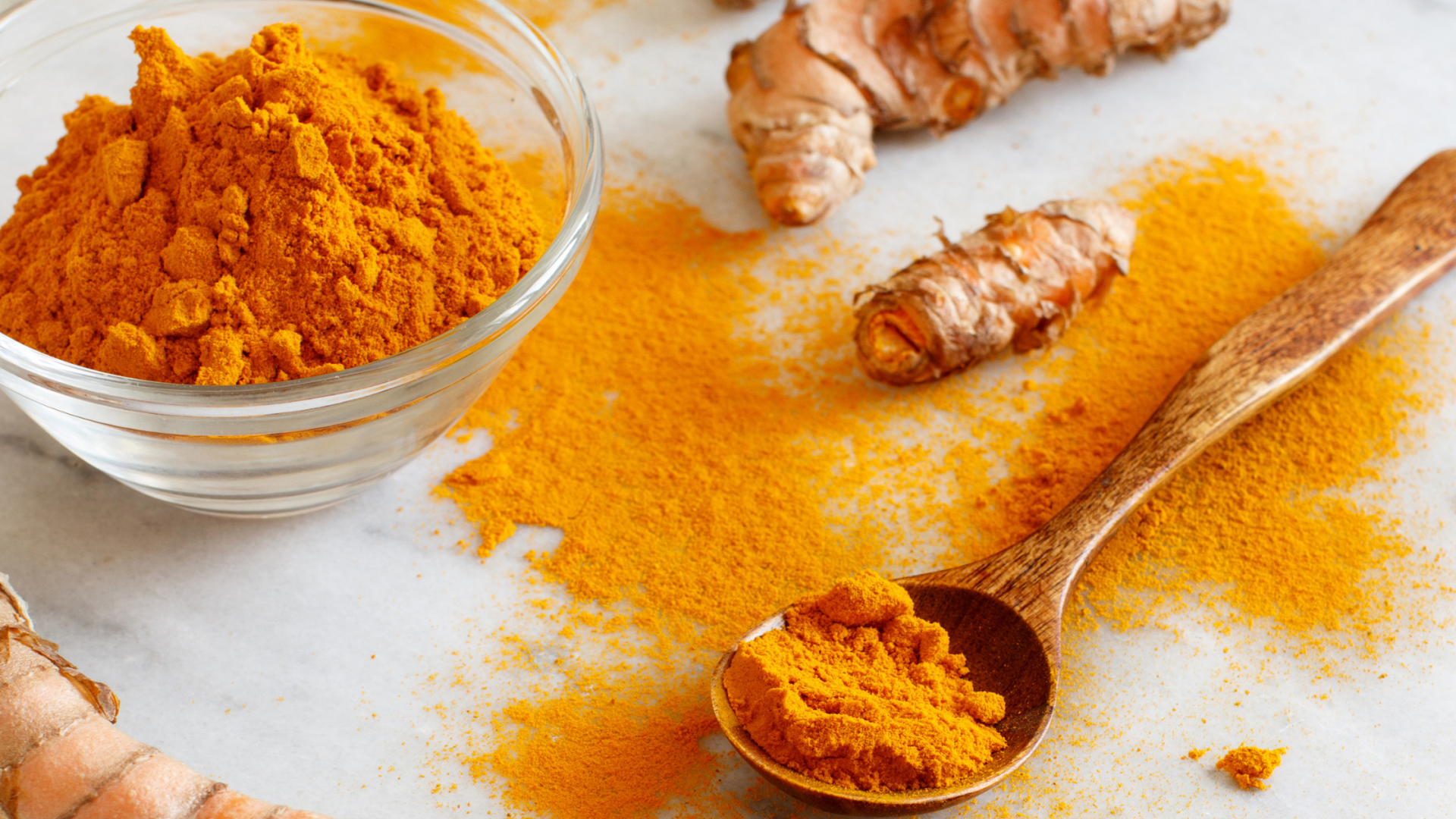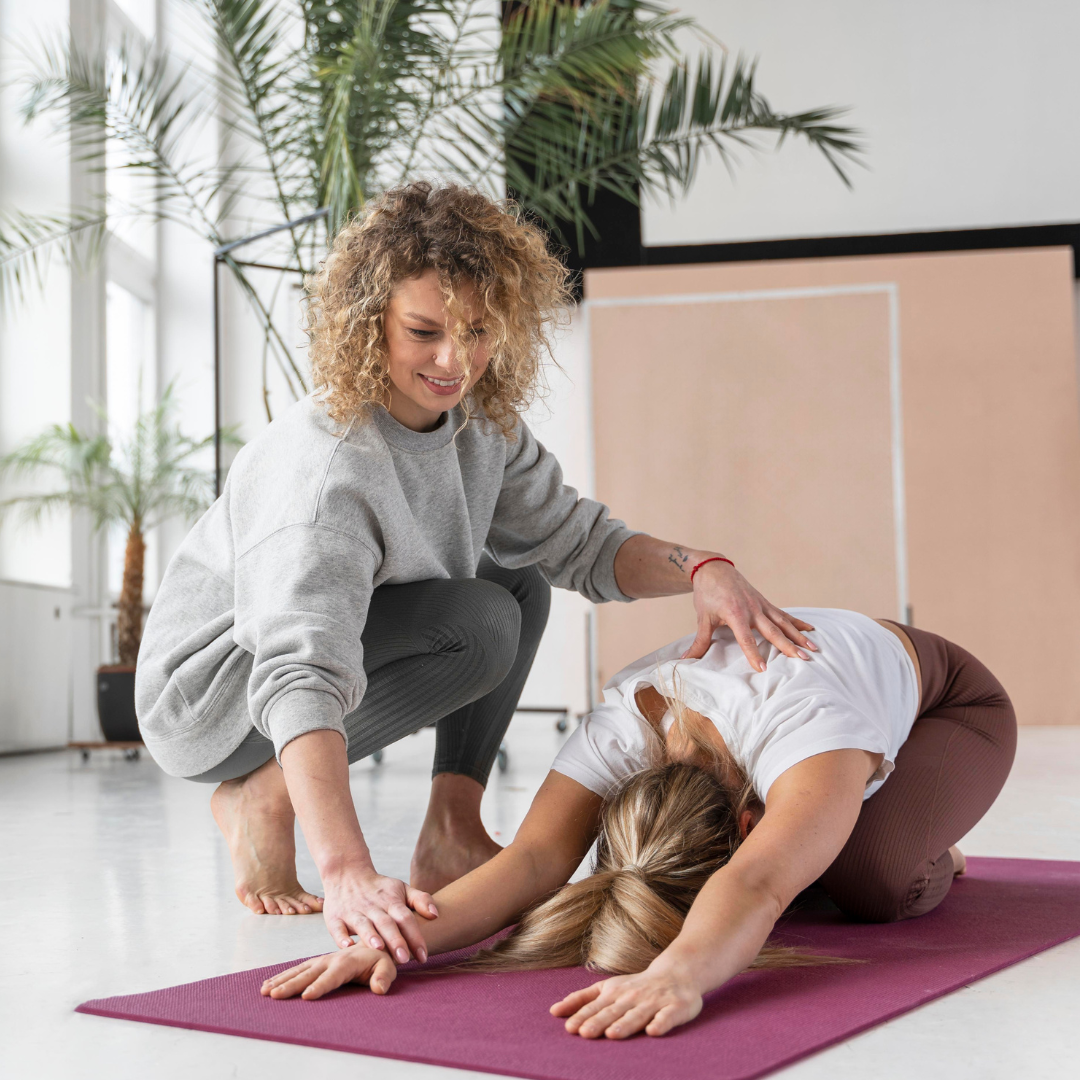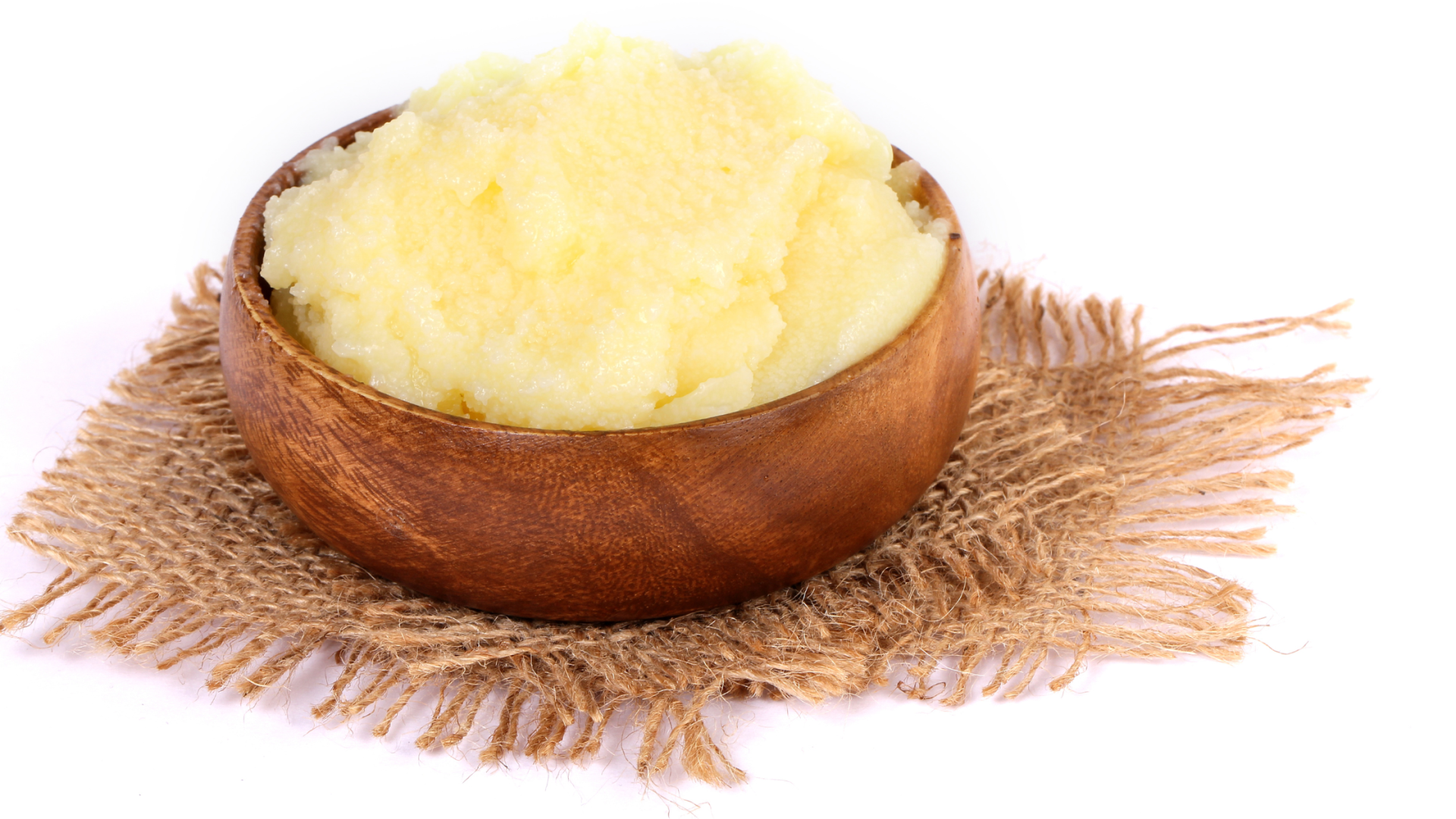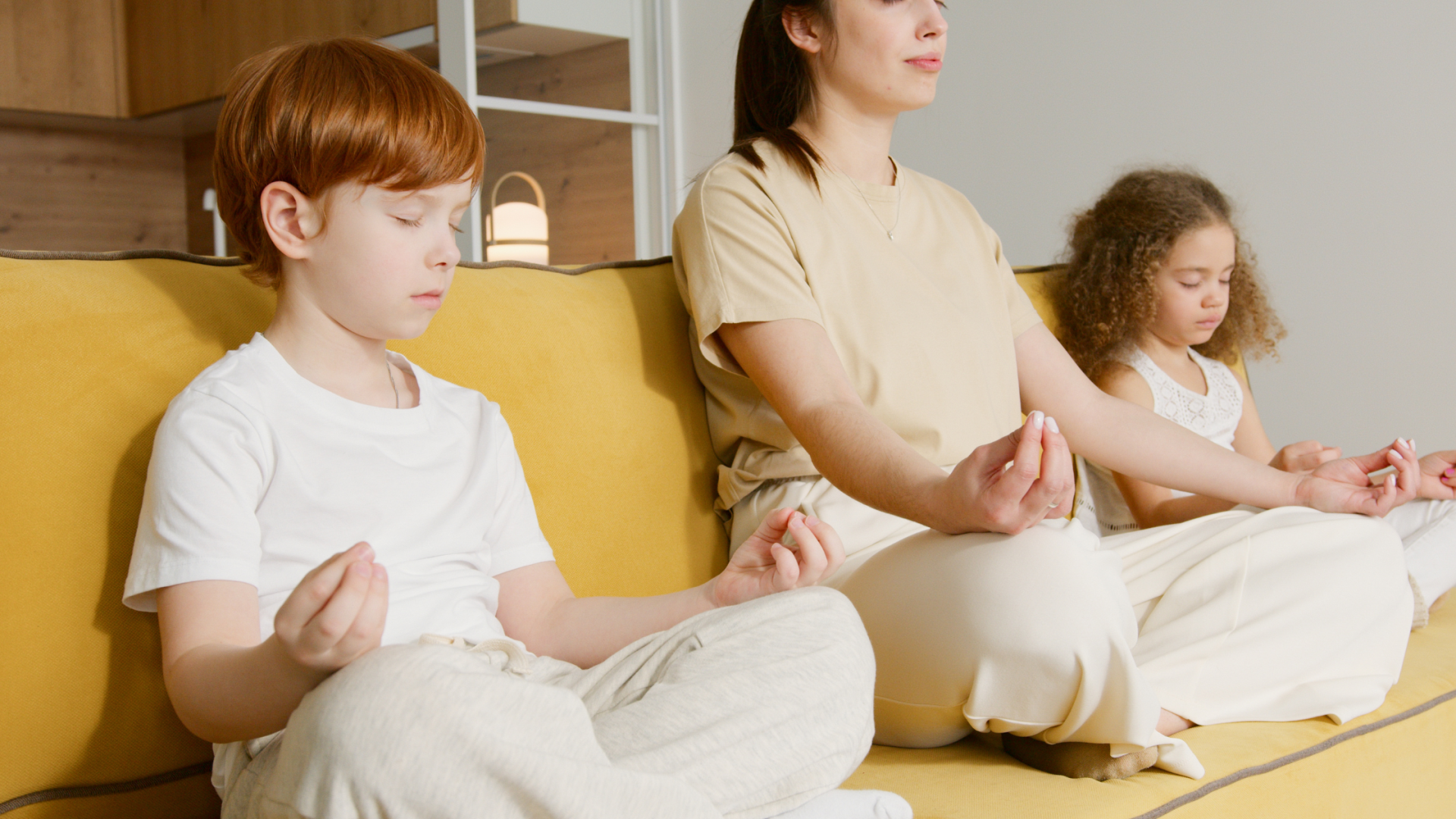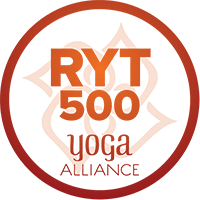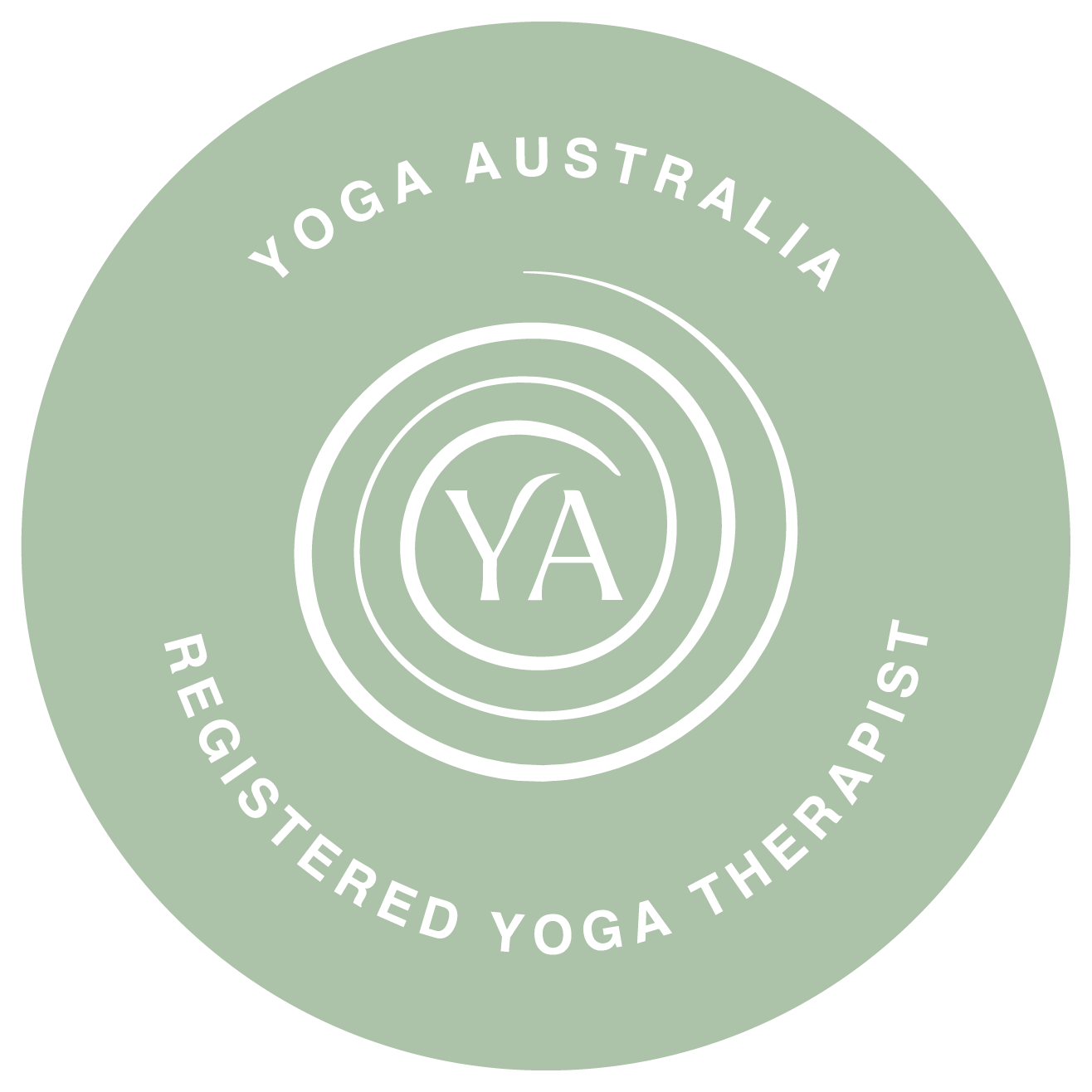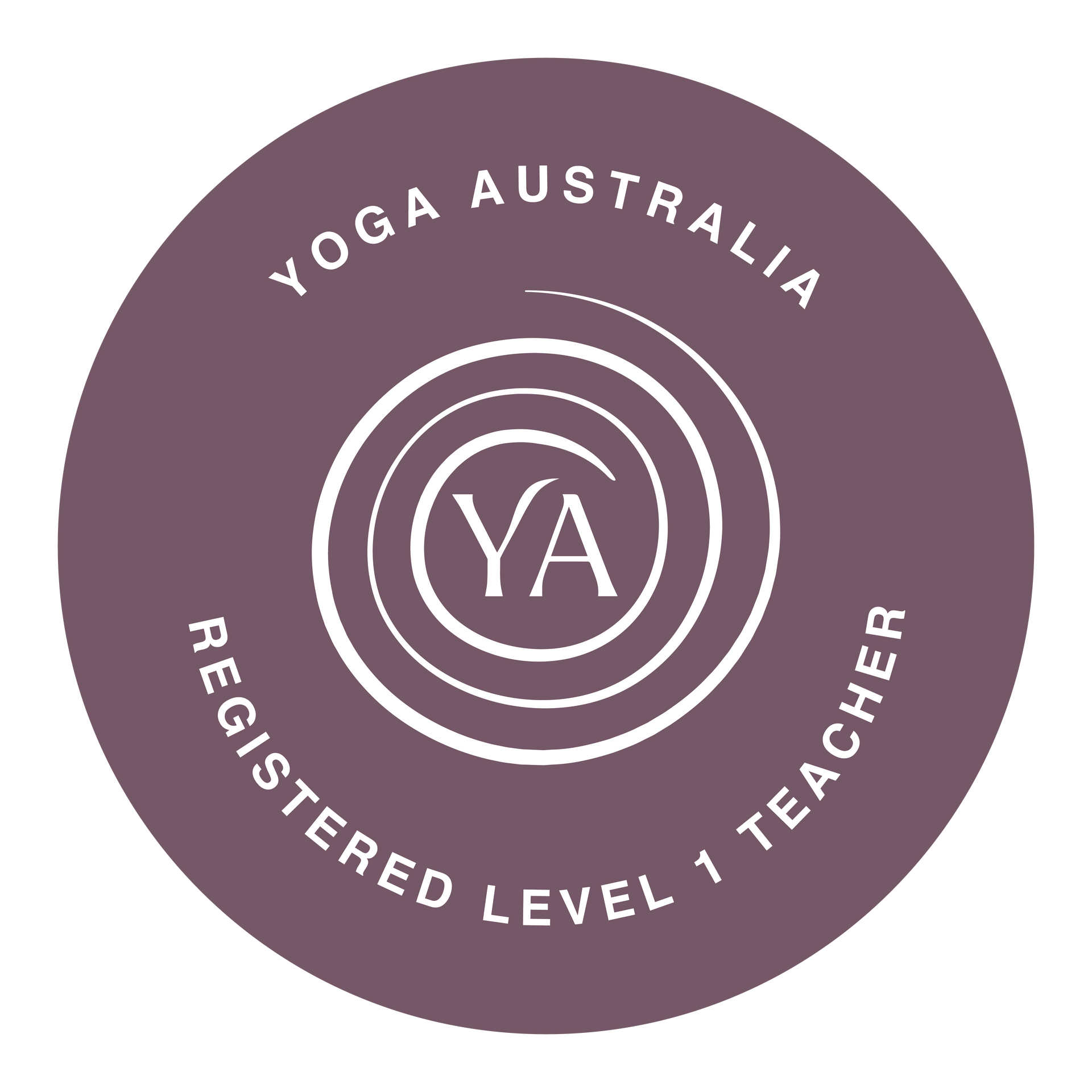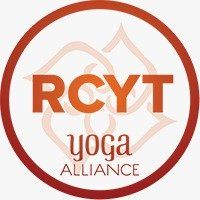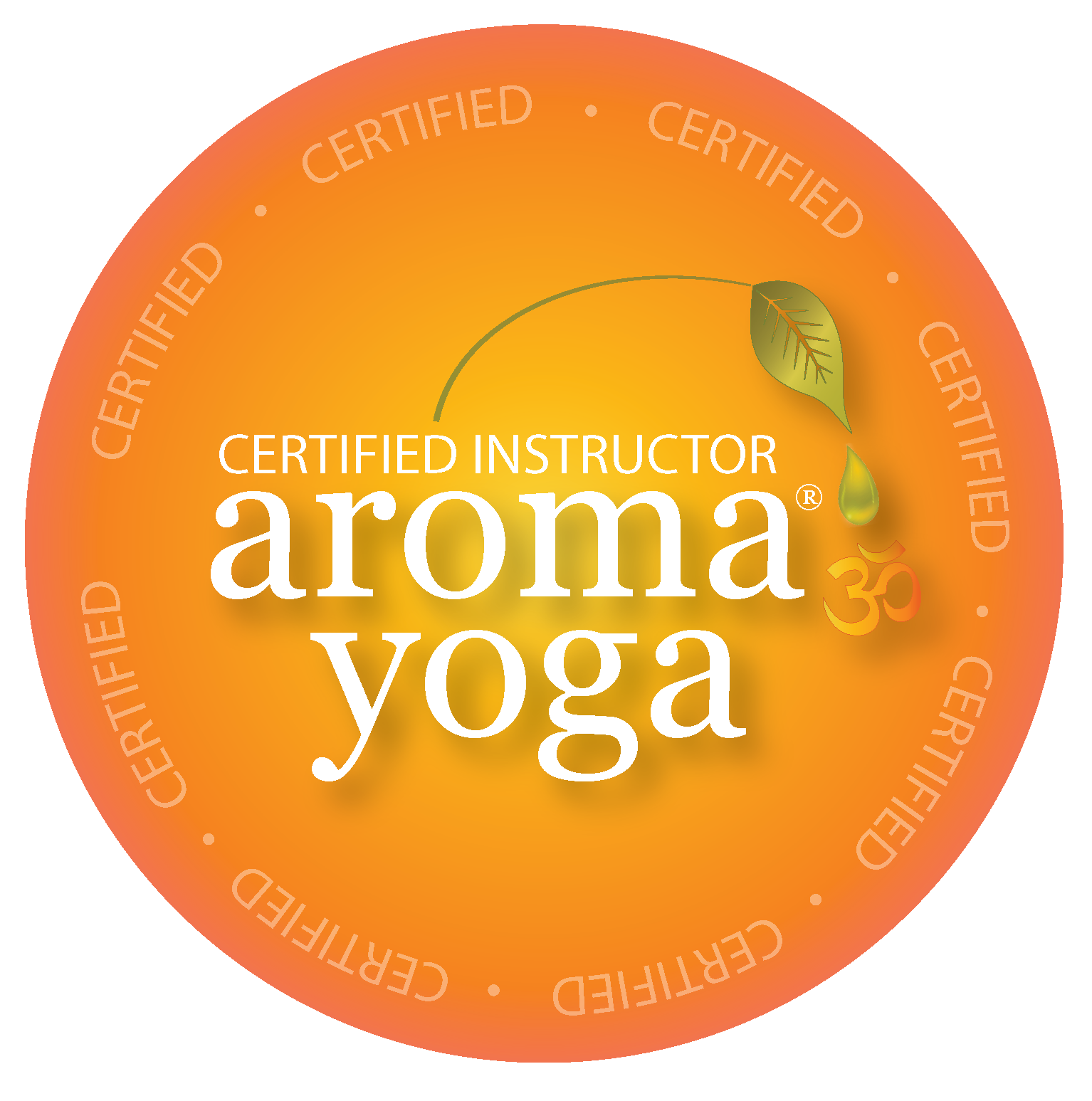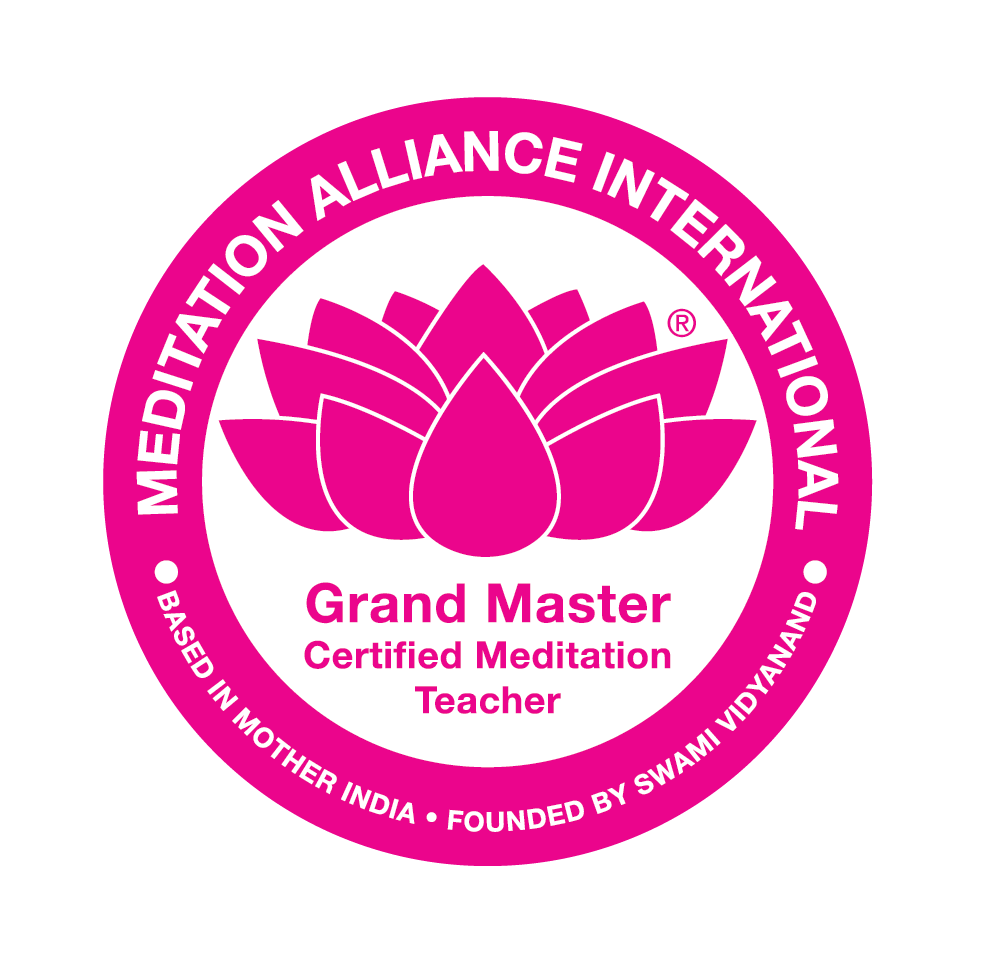Ayurveda - Introduction to the Doshas
Ayurveda, often called the sister science of yoga, is the ancient medical system of India and has been practised there, for thousands of years. Ayurveda encompasses the healing of the body, mind and spirit through, lifestyle, diet and rejuvenation. It is a holistic healing modality that views each person as unique and individual. In this post we will briefly look at an introduction of the doshas.
In Ayurvedic philosophy, the five elements of Earth, Water, Air, Fire and Ether, combine in pairs to form three dynamic forces called doshas. Every individual has some combination of these three doshas in their makeup. Your own individual makeup is called your prakruti, and this unique combination is the clue to discovering the foods and lifestyle that will balance your body.
You are born with your prakruti; it is set at the time of conception. The prakruti rarely changes during your lifetime. Another constitution, known as vikruti, reflects your current state of health. If you are in excellent health, your vikruti will be the same as your prakruti. More likely however, there will be a difference as the result of aspects of our diet, lifestyle, emotions, age, environment, season and more, that are not in harmony with your prakruti. A few people are born with a balance of all three doshas, but more likely we will have one or more doshas that are prominent. With proper diet and lifestyle we can achieve optimum health and help with balancing all three doshas.
It is the Tridoshas (Vata, Pitta, Kapha) job to assist with the creation of all the various tissues of the body - blood plasma and lymph (rasa), red blood (raka), muscle (mamsa), fat (medha) bone (ashti), central nervous system and bone marrow (majja), sperm and ova (shukra), and to remove any unnecessary waste products from the body. The Tri-dosha influence:
🌟all movements
🌟all transformations
🌟all sensory functions
🌟many other activities in the human body and mind
Vata
Ether and air combine to form the Ayurvedic dosha known as Vata. Vata governs the principle of movement. You might think of Vata as the force, which directs nerve impulses, circulation, respiration and elimination.
Pitta
Fire and water combine to form the Ayurvedic doshas known as Pitta. The Pitta dosha is responsible for the process of transformation and metabolism. An example of Pitta function is the transformation of foods into the nutrients that our bodies can assimilate. Metabolism that occurs in organs and tissues systems, as well as cellular metabolism is also the function of Pitta.
Kapha
Water and earth elements combine to form the Ayurvedic doshas known as Kapha. Kapha is responsible for growth, adding structure unit by unit. Kapha is responsible for protection in the body. Examples of Kapha in the body are the cerebral-spinal fluid protecting the brain and the spinal column, and the mucosal lining of the stomach.
I will go further into the specific characteristics of each dosha in other posts. For this introduction though, it is helpful to note that by knowing your body type or dosha, you have immediate usedful information to support your health and well-being such as:
🌟what to eat
🌟how to exercise
🌟what to wear
🌟how to cleanse and purify your body
🌟how to prevent disease
Doshas are very subtle substances, with a specific language used to describe them. There are 20 fundamental attributes of any particular substance:
Heavy-Light
Cold-Hot
Wet-Dry
Solid-Liquid
Slow-Sharp
Stable-Mobile
Soft-Hard
Clear-Sticky
Smooth-Rough
Subtle-Gross
As you can see, the attributes come in pairs, which are opposite to one another. These opposites are used to treat imbalances; for example if you treat a Vata person who is too cold, you would give them hot substances. You would also ensure, in this example, that these substances are combined with liquids because hot substances can dry out Vata, which is already too dry by nature.
There is so much information to share with you about Ayurveda and the Doshas, and if I shared it all here it would be a very long post! It may also become very confusing to try and digest it all at once. So I will be sharing small snippets of information that can help build your understanding of this amazing healing, wellness and lifestyle modality. I look forward to sharing more with your soon.
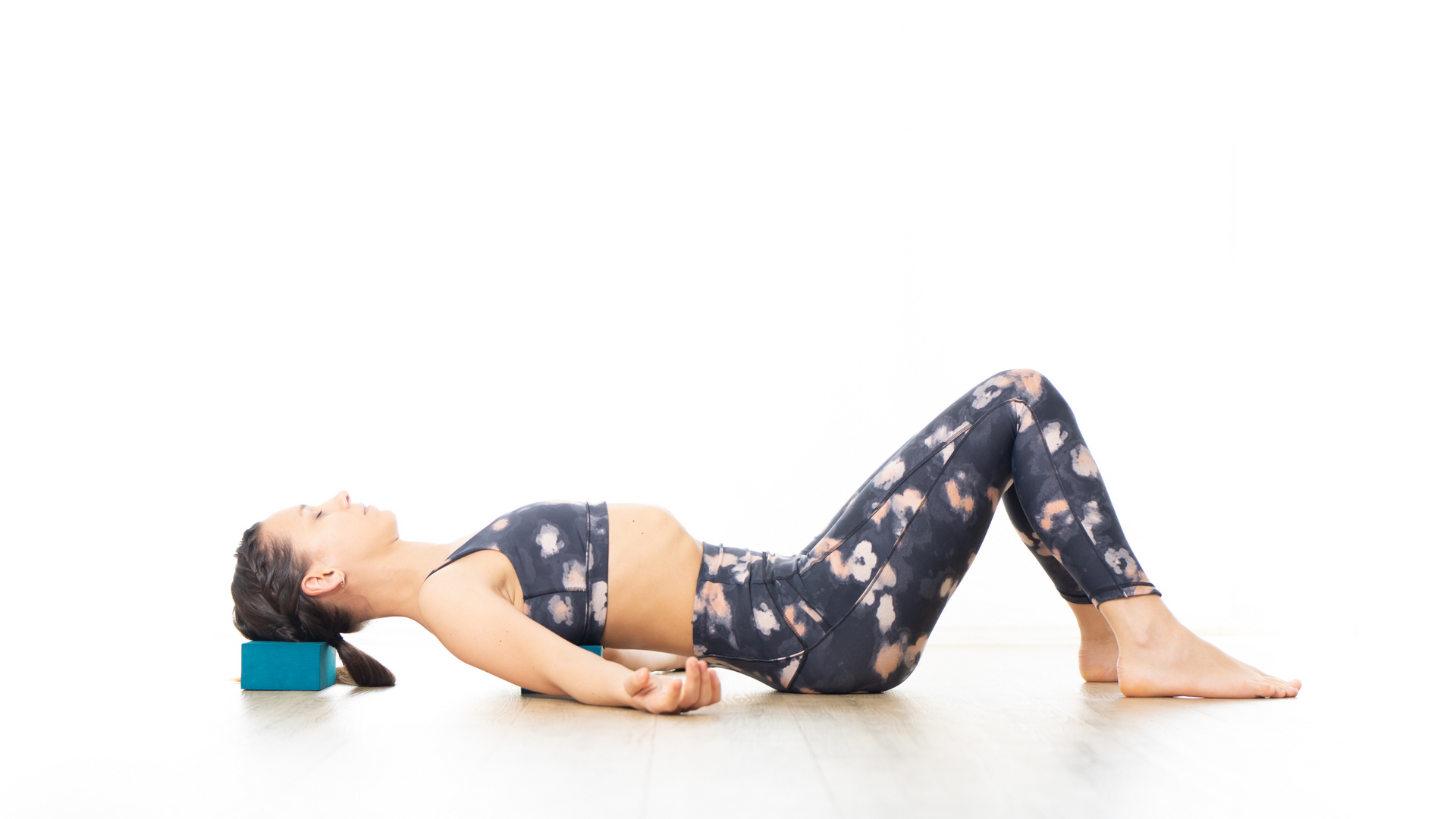
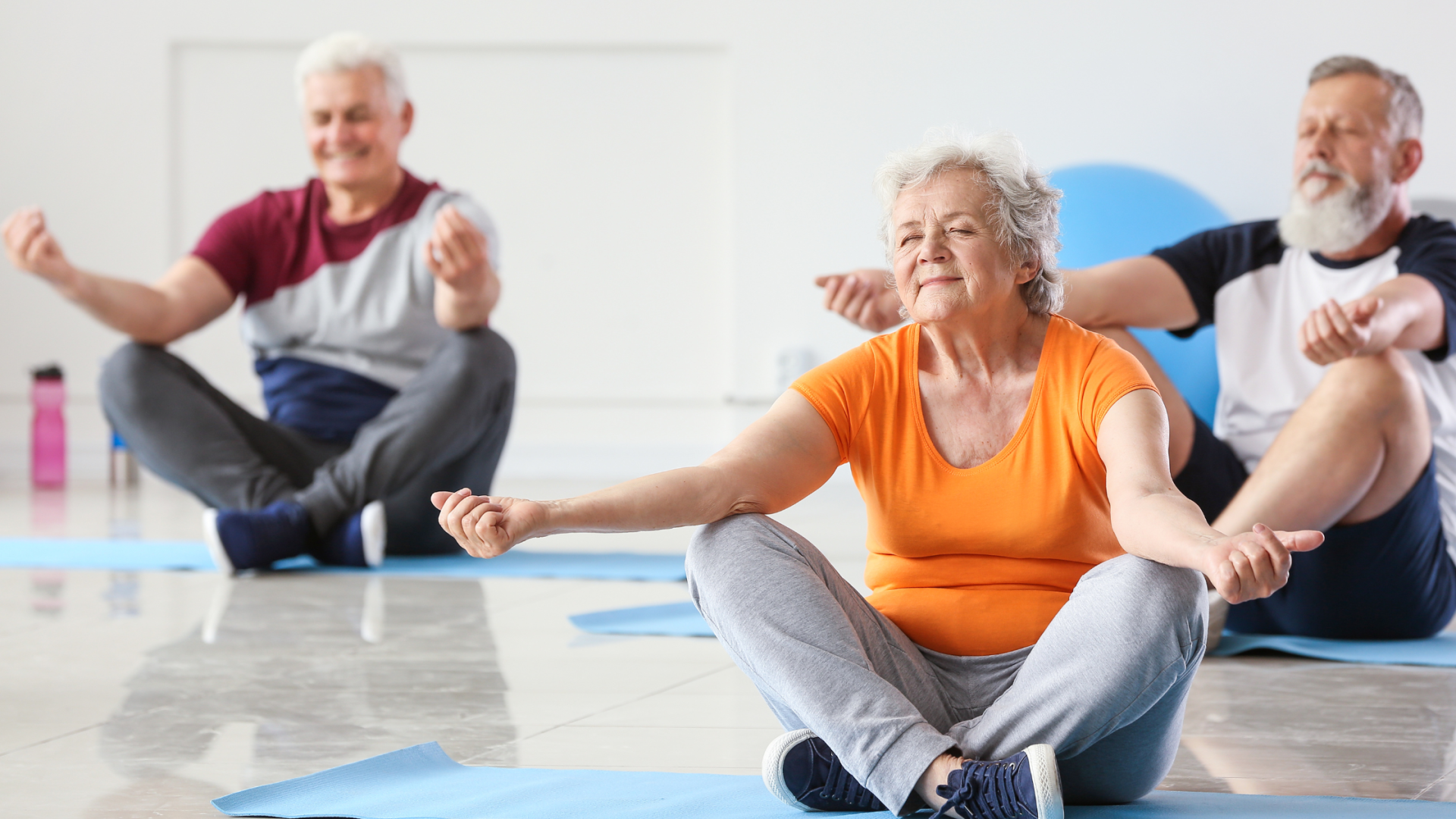
Join our mailing list for news and updates.

